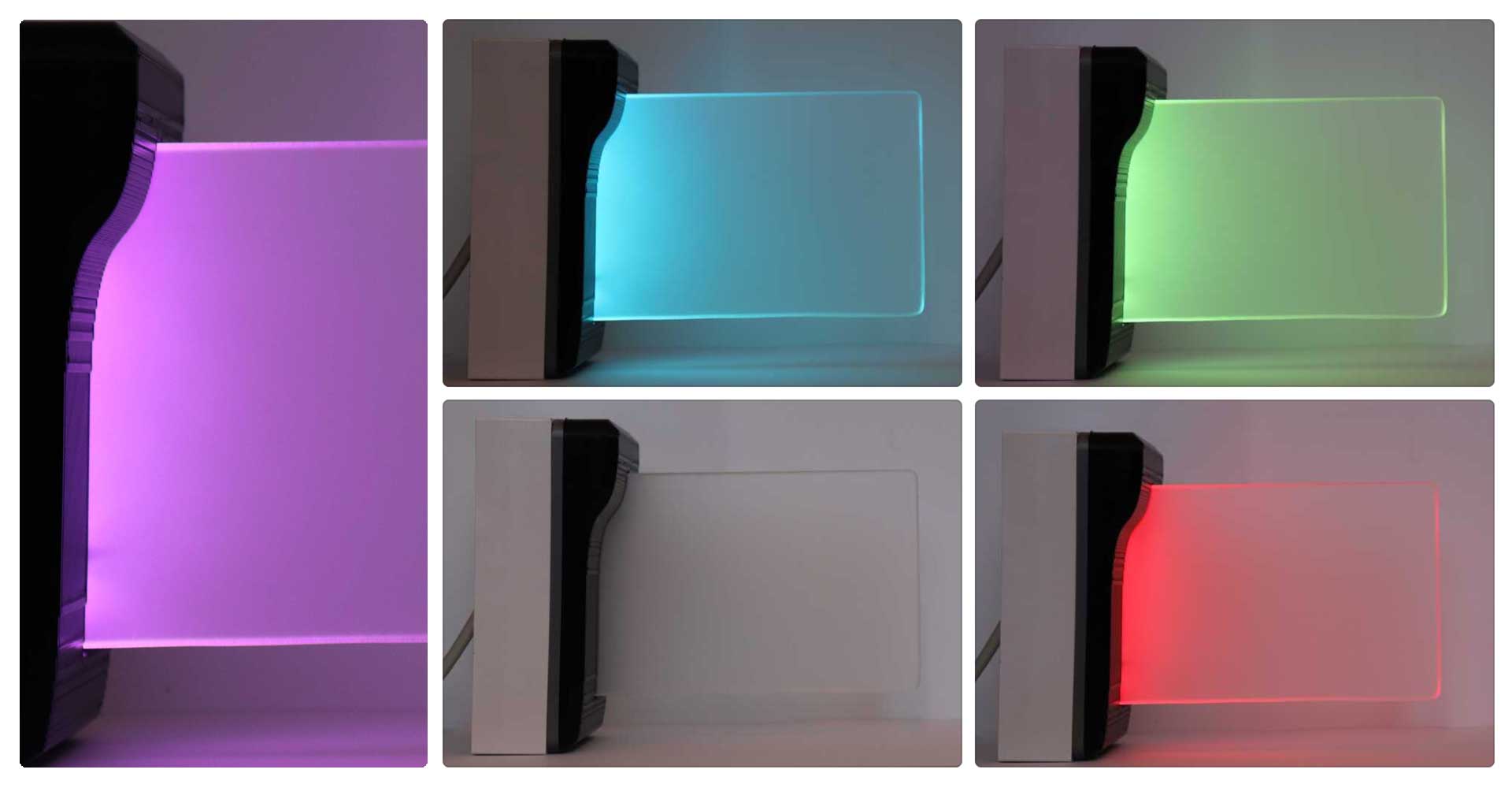Jul
2020
Social Distancing Tech: 3D Printed Status Flags for the Office
DIY Investor
9 July 2020
After three months of working from home in the UK, people are now slowly starting to return to their offices. Ensuring people’s safety in the workplace is a top priority for property managers and companies.
It’s also vital to effectively communicate with employees to make them aware of the practical measures implemented to manage social distancing, to reassure them and make the re-entry work smoothly.
You may also be interested in our return to the office post-lockdown Insights articles, here:
- Return to the office post-COVID-19: tips to do it safely – The property managers’ view
- Back to the Office? Managing Social Distancing at Work – The occupiers’ view
- Fever Detection and Speed Lanes: Can Automation Aid Prevention?
We know we won’t be going back to how we were before lockdown, but people miss the office and, most of all, the camaraderie, buzz and energy created by being in the same space with colleagues. This result is apparent in recent research by Gensler, in which 88% of US respondents declared wanting to go back to the office full-time. In the UK, a survey of 16,000 workers by WK Space had some interesting results, too (see here).
Now more than ever, technology is here to provide an answer to a real need
In light of Covid-19 and the safety measures required to return to work, at Smart Spaces® we have been looking at what practical solutions would make people in the office feel in control of their environment again.
In addition to the touch-free access control that lets occupiers and visitors navigate the building without the need to touch any surface – from doors and turnstiles to lifts – the past months have, therefore, seen us research supportive ways to provide an easy-to-implement, visually friendly solution for people to re-experience their workspaces.
Additive manufacturing, better known as 3D printing, has become an important element in our research and development. As the go-to technology for prototype development, it’s an incredibly effective vehicle to print conceptual and functional models in different materials and dimensions.
The need for proof of concept (i.e. to ensure the model works in real life) makes 3D printing practical both in terms of production costs and time to manufacture, as well as enhancing efficiency when testing multiple iterations is required. Additive manufacturing is, therefore, not just a cost-effective solution to test new design ideas but it also reduces the time needed to manufacture an invention considerably.
Furthermore, we investigated other sectors use of colour coding and brought it a step further by applying it to IoT technology. Colour coding is a widely recognised system for which specific colours have distinct meanings.
The standard traffic light system of red, yellow and green are commonly accepted visual cues that quickly provide the information needed, in a particular setting, for us to decide what we need to do next.

Bringing these two concepts together, we have developed a solution that answers the changing needs of people’s daily use of meeting rooms, washrooms and any other enclosed common area. The result is a simple yet powerful way to show occupiers when a space is safe to enter through the implementation of 3D printed, IoT powered and colour coded, status flags.
The 3D printed room status flags digitally change their colour to show the room status – occupied, free, ready to be cleaned, cleaning in progress, and more – offering an easy-to-implement, universally understood, tool to keep people informed at any time.
Integration with our meeting room booking system, as well as washrooms use notifications and cleaning routine management means occupiers won’t risk entering an occupied room accidentally.
The space management sensors connected to our smart app will send a signal to the flags when the room density is already over capacity, in respect to social distancing rules, or differently occupied, providing a safer use of the work environment for everyone.
The future of workplaces is smart enablement
As a smart building operating system, Smart Spaces® enables a building by applying a lightweight software to the pre-existing building management systems (i.e. lighting, ventilation, air conditioning, access control and more) without extensive hardwiring needed.
Our app interfaces with current networks and integrates seamlessly with most third-party API so that all the building data and controls can be managed in a single platform.
Both facility managers and occupiers, depending on the level of permission they possess, can automate the use of the various building systems from their smartphone and experience a workplace that works for them.
Click to visit:

Leave a Reply
You must be logged in to post a comment.